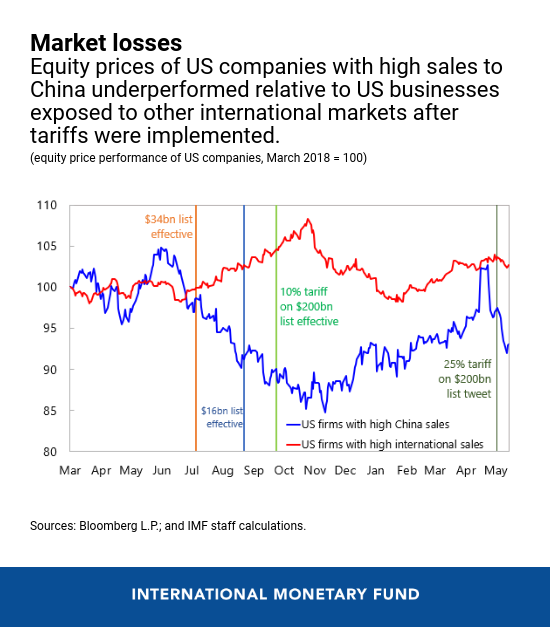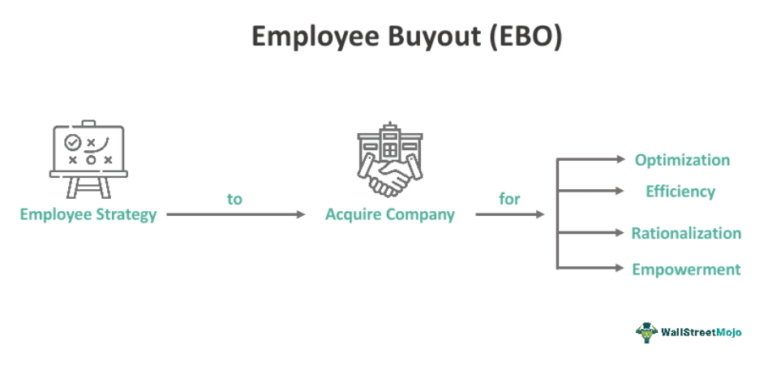
Audience
- Sentiment: Neutral
- Political Group: Mixed views, likely leaning towards more protectionist attitudes
- Age Group: Adults, particularly those involved in economics or trade
- Gender: All genders, with a slight inclination towards males typically more engaged in economic discussions
Overview
- The U.S.-China trade tensions stem from tariffs and retaliatory measures that impact both economies negatively.
- The ongoing dispute affects everyday consumers, with potential price increases on goods like electronics and agricultural products.
- Experts emphasize the need for diplomatic solutions and global partnerships to address trade issues effectively.
Escalating U.S.-China Trade Tensions: A Closer Look
Imagine you’re at a school fair where each booth represents a different country. Some booths have exciting stuff like cotton candy and video games, while others have delicious snacks or unique trinkets. Now, picture what happens when one booth starts charging more for its goodies, making it challenging for other booths to compete. This scenario is somewhat similar to what’s happening with trade between the United States and China, two major players on the global stage.
The Significance of Trade
Before diving into the specifics of the U.S.-China trade tensions, let’s talk about why trade is important. Trade is like a giant exchange system between countries where they sell and buy goods and services. When countries trade, they can get things they don’t produce themselves or that are cheaper to buy from others. For example, the U.S. imports electronics from China because they have expertise in manufacturing these products. In return, China imports agricultural products, like soybeans, from the U.S. since they need food for their huge population.
However, sometimes things can go awry. Countries can start wanting to protect their own businesses, leading to tensions and problems. This leads us to the ongoing trade dispute between the U.S. and China, which has had many ups and downs over the years.
A Quick History Lesson
Let’s rewind the clock a bit. In 2018, during Donald Trump’s presidency, he implemented tariffs on steel and aluminum imports. Tariffs are taxes that governments impose on imported goods, making them more expensive. The goal was to encourage Americans to buy products made within the U.S., thereby helping local businesses. However, tariffs can also upset relationships between countries and lead to retaliation.
As expected, China didn’t sit quietly. They responded by imposing tariffs on various imports from the United States, targeting key products like soybeans and automobiles. This back-and-forth created a tense environment, reminiscent of a seesaw in motion—a push here, a pull there.
Negotiations ensued, with both countries trying to come to an agreement or trade deal. Initially, it seemed like progress was being made, especially when China promised to buy more American goods. But there were complications. Many people in the U.S. worried that China wouldn’t keep its promises, which led to a ton of uncertainty in the market. Trade talks stalled, creating a constant sense of unease.
New Leadership, Same Challenges
Fast forward to 2021 and the new administration led by President Joe Biden. You might think that a change in leadership would mean a change in tactics, but that hasn’t exactly been the case. While Biden initially maintained many of the tariffs set during Trump’s presidency, it became clear that both countries continued to be locked in this struggle for economic dominance.
Biden’s administration has introduced its own plan to tackle trade issues, emphasizing how critical it is to address the root problems. However, many analysts believe that sticking to previous tariffs might not be the best way to go forward. The longer these tariffs stay in place, the deeper the wounds between the two nations get.
The Trade Impact
Let’s take a step back and look at how this trade dispute affects everyday people. Think about your favorite electronic device. If tariffs on Chinese imports continue, it could drive up the prices of these gadgets. So, if a cool new smartphone costs more because of trade tensions, consumers might think twice before buying it. Higher prices often lead to lower sales, and that can slow down economic growth. This is just one example of how trade tensions spill out into the general economy.
Farmers in the U.S. have also been hit hard. When China imposed tariffs on American soybeans, many farmers found it harder to export their products. They had to look for other markets, sometimes selling for less money than they would have if the tariffs didn’t exist. Many rural communities that rely on agriculture felt the pinch. Their livelihoods are closely tied to international trade, and when tensions rise, families often worry about making ends meet.
On the flip side, Chinese consumers are also impacted. With tariffs on American goods, they may find it difficult and expensive to get items they want. This leads to a situation where both countries end up losing out. It becomes a cyclical problem—countries hit each other with tariffs, which lead to lost sales, which creates more need for retaliation.
Global Repercussions
Let’s not forget that this trade war doesn’t only have consequences for the U.S. and China; it affects the entire world. Many countries are caught in the middle. For example, countries in Europe, Southeast Asia, and even Africa can feel the ripples. International companies that do business between the U.S. and China must find ways to navigate this landscape, which can ultimately lead to slower global economic growth.
Consider companies like Apple. They manufacture many of their products in China and sell them worldwide, including in the U.S. Increased tariffs on products manufactured in China could lead to higher costs for Apple, which they might pass on to consumers. If consumers in the U.S. start to shy away from buying these products due to higher prices, it could cause Apple to rethink its strategy.
Moving Forward: What Lies Ahead?
As we look into the future, the question remains: how will these nations resolve their differences? There are talks about further negotiations, but history shows it’s challenging to bridge gaps when both sides feel threatened. Experts suggest that finding common ground through diplomatic efforts is vital. Listening to each other’s concerns could help both sides understand that they have more to gain through cooperation than conflict.
In addition, each nation could explore different strategies to engage globally. The U.S. could consider forming partnerships with other countries to counterbalance its reliance on China. China, too, could work on improving its relationships with other trade partners to ensure that its economy remains strong and diversified.
To wrap this up, it’s essential to remember that trade is a crucial part of life—not just between countries but even among individuals. Whether it’s swapping lunch snacks with a friend or negotiating rules in a video game, compromise and dialogue can lead to better outcomes for everyone involved.
So, what do you think? Do you believe the U.S. and China will find a way to resolve their trade tensions, or are we headed for more conflict? Share your thoughts in the comments!





